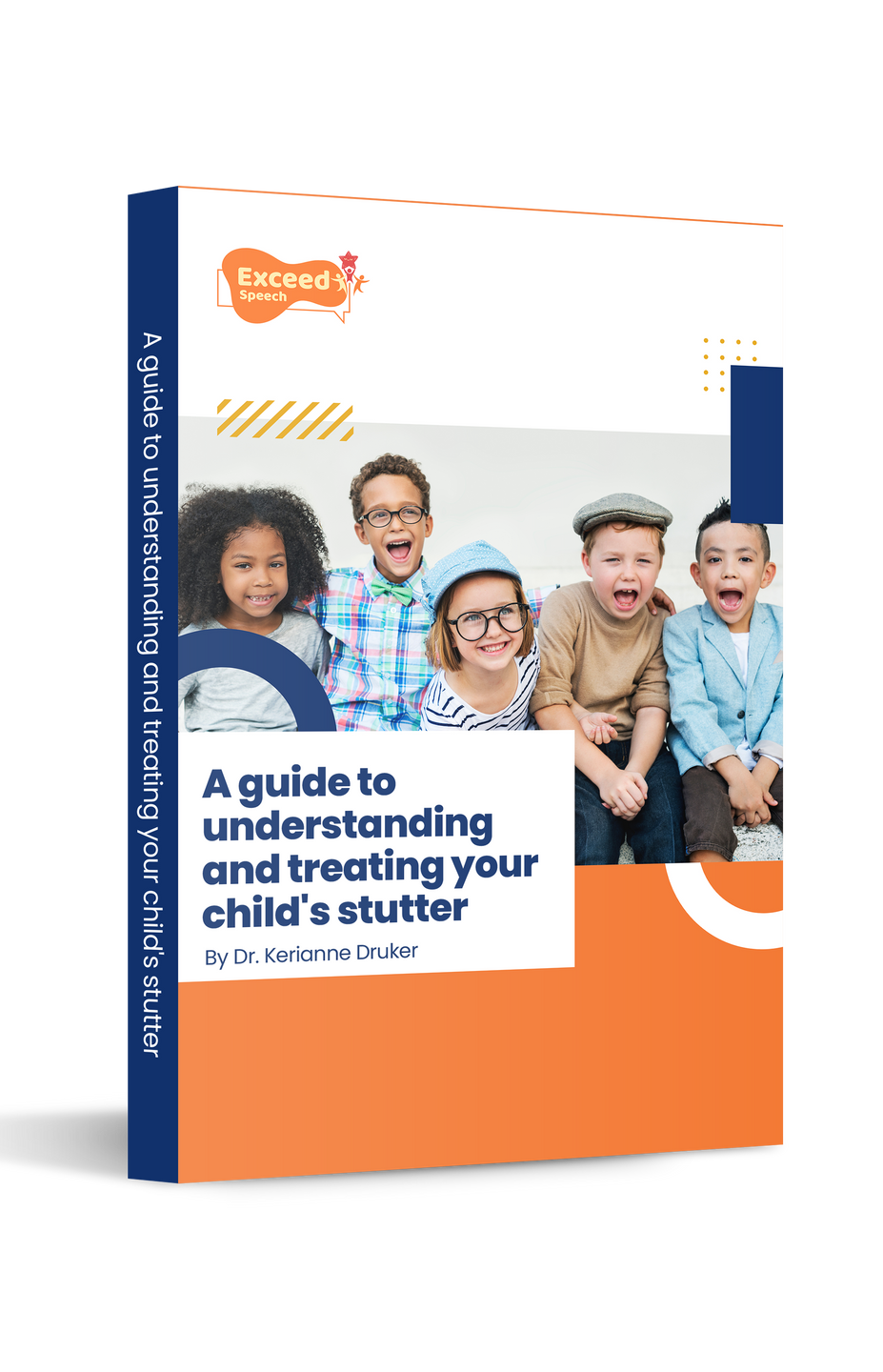Robust Theme
Dec 09, 2019 2020-04-08 7:40Robust Theme
What is Speech? What is Language? Are they the same thing?

When talking to parents, teachers, other allied health professionals, specialist doctors and even first year university students studying Speech Pathology – the concepts of “speech” and “language” are often used misunderstood and interchangeably.
However, there is a BIG difference between these two concepts, and the implications strengths and weaknesses in these areas can have on your child’s communication.
It is possible for your child to be developing “language” well, but have problems with their speech sounds. The reverse is also true – a child’s “speech” can be very clear with very few speech sound errors, but they could have trouble understanding and using age appropriate vocabulary and sentence structure.
This article will describe the concepts of SPEECH and LANGUAGE in detail, so you feel more confident about your child’s strengths and weaknesses when it comes to their communication.
What is “speech”?
Speech refers to how we say what we say, including sounds and words. Speech includes:
- Articulation > how we make our speech sounds using our jaw, lips, tongue and teeth. For example, we need to be able to say the “th” sound to say “mouth” instead of “mouf”; we need to be able to sat the “k” sound to say “key” instead of “tea”
- Voice > how we use our breathing and vocal cords (voice box) to make sounds. Our voice can be too high pitched or low pitched, too soft or too loud.
- Fluency > this is the flow of our speech. If someone has lots of pausing, repetitions, or interruptions in their speech, they might have a stuttering problem.
What is “language”?
Language refers to what we say and understand, including the words we use and how we structure sentences. It includes:
- Vocabulary > this refers to understanding and using words appropriately and learning new words at an appropriate rate; it also includes using specific words when talking instead of “thing” and “it”
- Grammar > this is how we put words together in sentences, and how words can change based on word type (e.g., the boy is sliding the boy slid down vs. the boy will slide).
- How we communicate in a social context > this is an extremely important part of language, because this refers to how we use our vocabulary and grammar in different social environments to relate to others.
Can a child have difficulty with both speech and language development?
Although “speech” and “language” are separate concepts and skills, speech and language problems often co-occur, and is likely why these terms are confused or interchanged incorrectly. A journal article published by Eadie et al. (2014) found that over 40% of children who had speech sound difficulties also had language problems.
Next steps to take to ensure your child reaches their full potential
If you have any concerns about your child’s “speech” (i.e., their ability to produce sounds clearly), or their “language” (i.e., their ability to understand and use words appropriately), a Speech Pathologist assessment is recommended to determine whether early intervention is required.
Speech pathologists then consider a range of factors when deciding if treatment is needed for your child. In a Separate articulation blog article, I have explored a range of factors I typically consider before working with a child who has difficulty producing clear speech.
Early intervention is crucial, so please get in touch if you have any concerns about your child’s speech or language development. To allay parents fears, and to help you take that next step to ensuring your child reaches their full potential, I offer a free initial 10 minute consultation to parents – so don’t hesitate and book in now for a chat!

Free eBook
A guide to understanding and treating your child’s stutter
Take a sneak peak of what the Stuttering Toolkit has to offer, and learn about the treatment principles that have proven successful for more than 90% of children who stutter.
Get Free eBook

